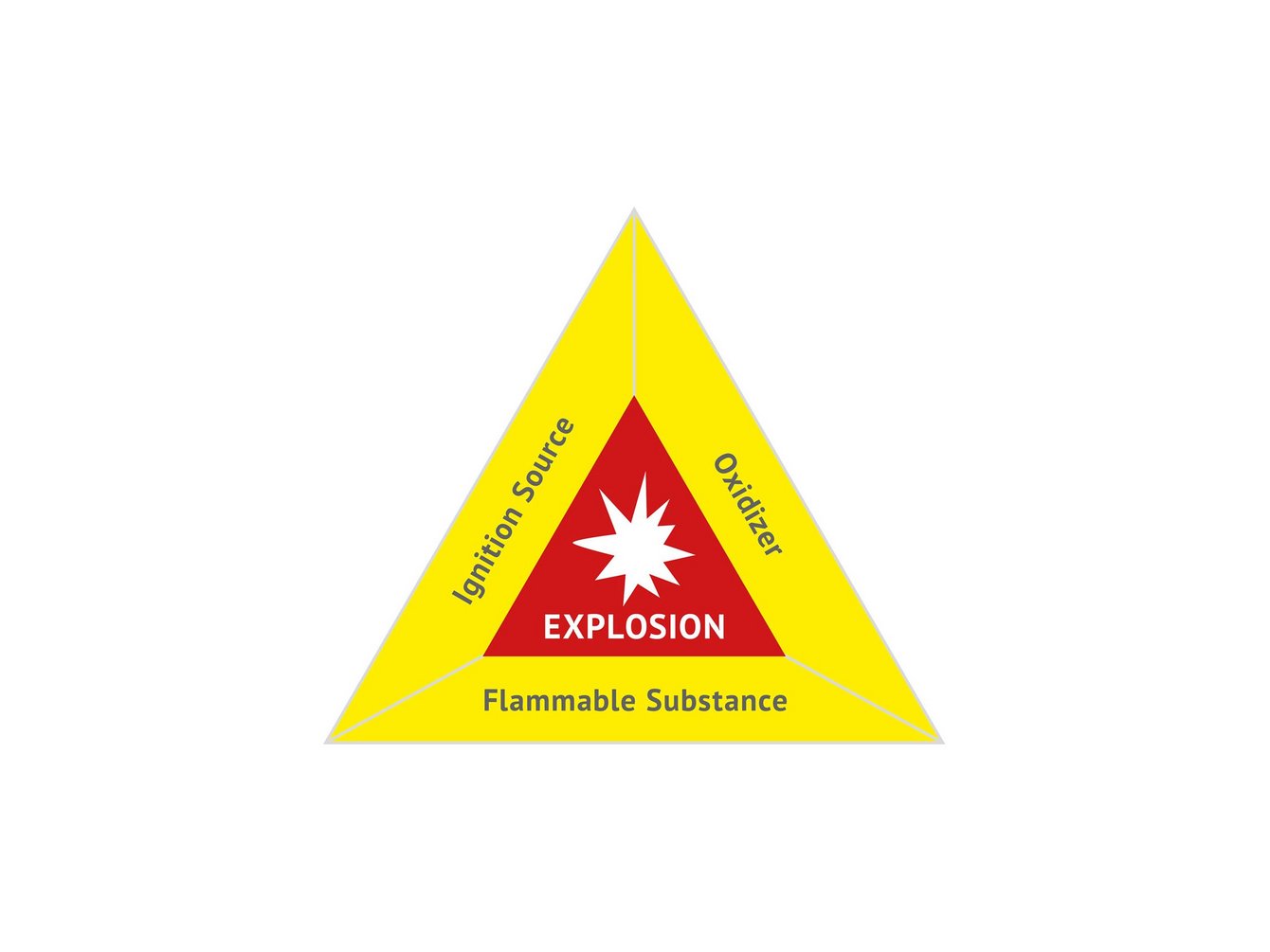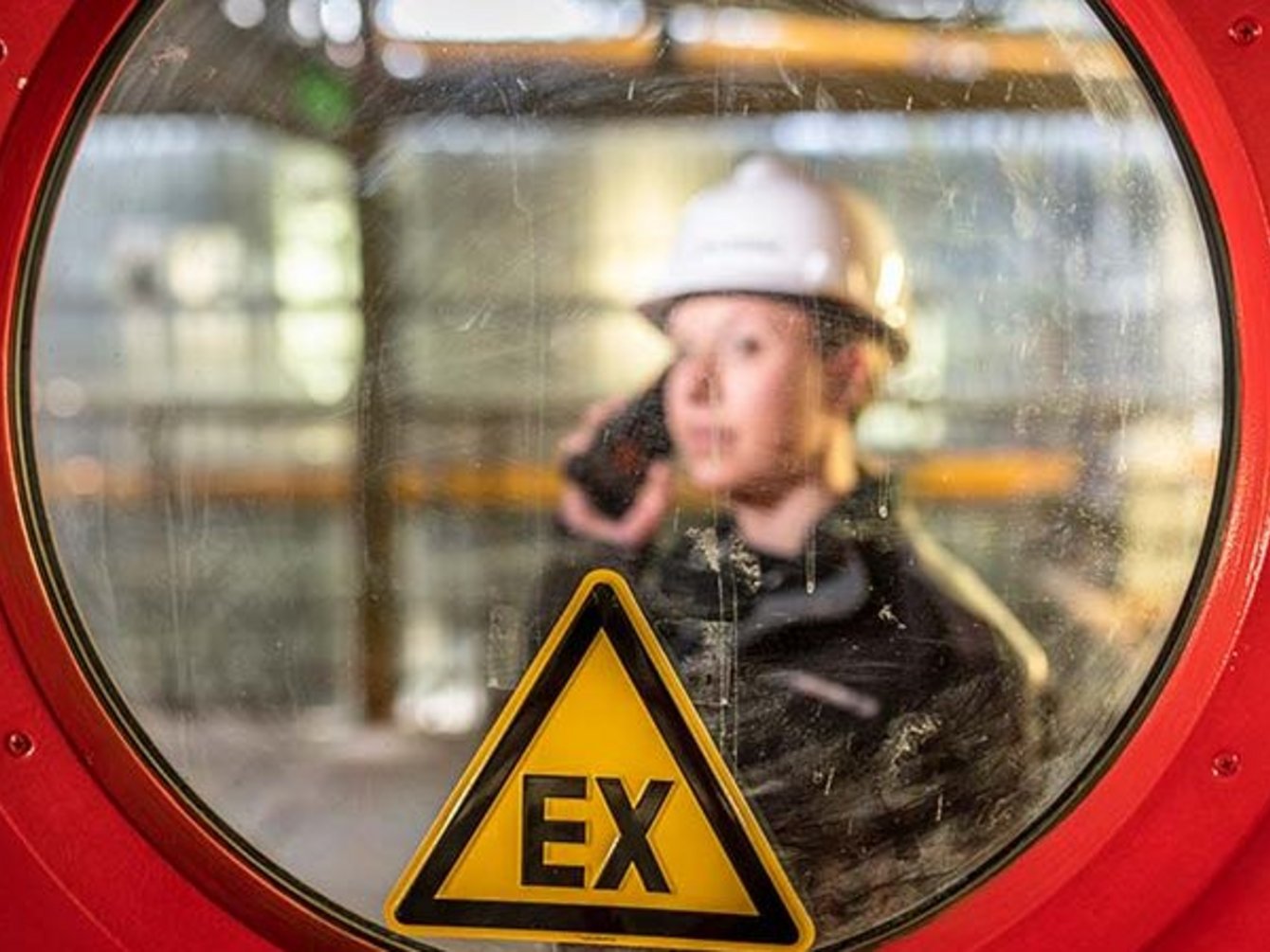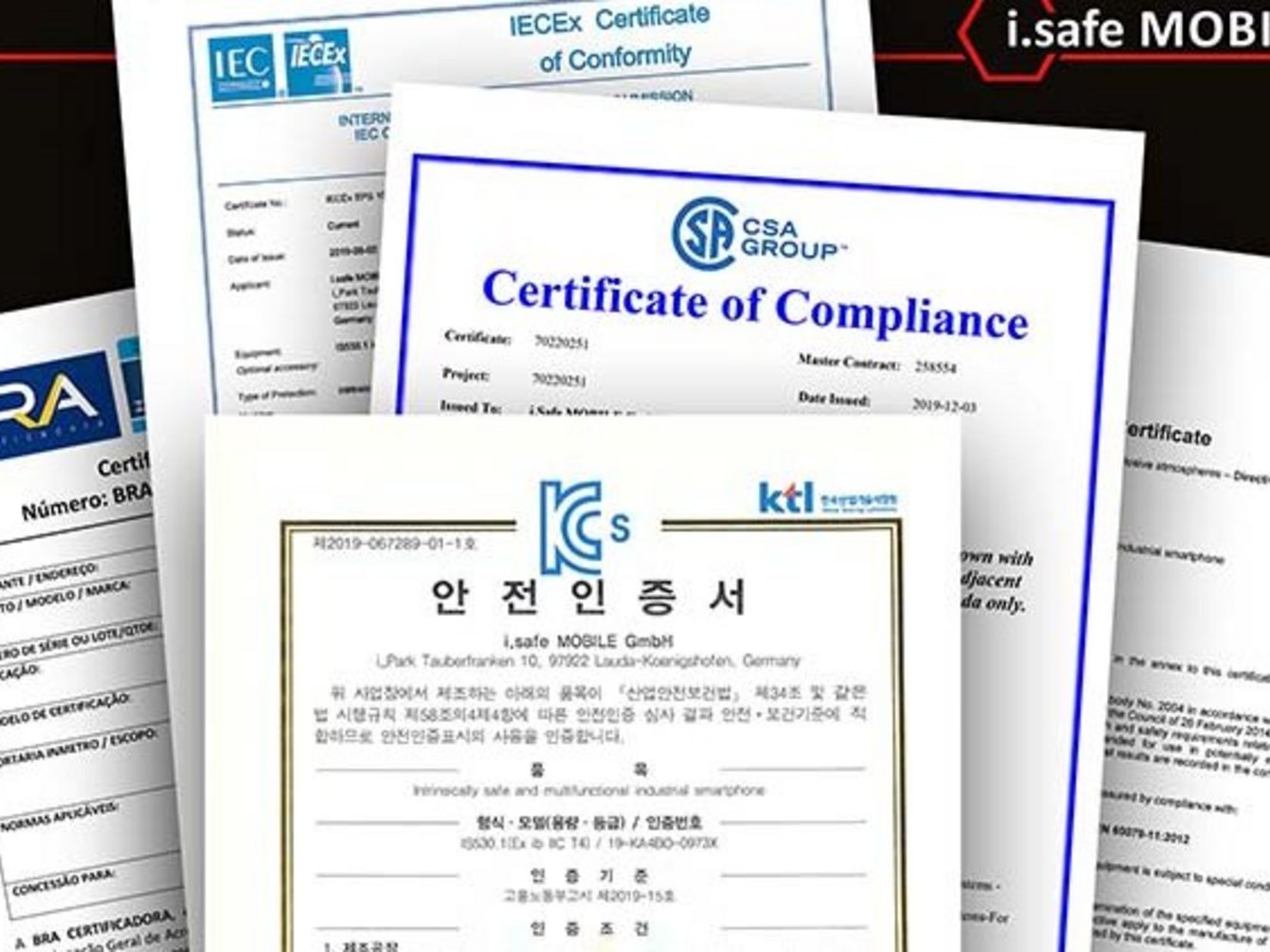What is explosion protection?
Explosion protection is of central importance in the domain of technical safety. The primary function of explosion protection is to avoid explosions or limit the dangerous effects of a possible explosion. The objective is the effective protection of people, goods, the environment and a smooth production process in sensitive work areas. An explosive atmosphere can arise in a wide variety of industrial areas where flammable substances, oxygen and ignition sources come together. These hazardous environments do not only occur in the familiar areas of chemical/petrochemicals due to gases. Dangerous, explosive atmospheres can also arise in the food and feed industry when handling certain types of dust.
For this reason, companies must carry out a risk assessment and take appropriate explosion protection measures in accordance with the industrial safety regulations.
What are potentially explosive atmospheres?
Potentially explosive atmospheres are areas in which flammable liquids, gases or vapors, or flammable dust are present in sufficient quantities to cause an explosion or fire. Specially designed devices must be used in potentially explosive areas to protect the potentially explosive environment.
Requirements for an potentially explosive atmosphere
Three factors must be present at the same time to trigger an explosion:
1. Flammable substance
Defined as flammable substance are gases, liquids and solids that ignite in the air and continue to burn when exposed to an ignition source.
2. Oxidizing agent
An oxidizer is a type of chemical that requires fuel to burn. An oxidizing agent must be present in combination with the flammable substance in sufficient quantity to create an explosive mixture. The most common oxidizing agent is oxygen (O2).
3. Ignition source (sparks, heat)
An ignition source is an element that can cause a fire or an explosion. Open flames, sparks, static electricity and hot surfaces are all possible sources of ignition.
Explosion protection measures
As mentioned above, there are three elements that must be present in order to cause an explosion. If one of these elements is eliminated, ignition will not occur. In potentially explosive areas, flammable substances and oxidizing agents cannot be ruled out with any degree of certainty. Preventing the ignition of an explosive atmosphere can therefore eliminate the hazard at the source.
Devices that can be used in potentially explosive atmospheres without triggering an explosion are referred to as explosion-proof devices.
Explosion-proof devices prevent an explosion from occurring. These devices rule out the coming together of ignition sources - or the occurrence of such when using electricity - with an explosive atmosphere. They effectively prevent explosions as the other two factors - in workplaces, the oxygen in the air and in many cases also the combustible material - often cannot be ruled out with any degree of certainty or permanence.
Primary explosion protection
Avoidance or restriction of the formation of an explosive atmosphere.
Secondary explosion protection
Avoidance of effective ignition sources.
Tertiary explosion protection
Limitation of the effects of a possible explosion to a harmless level.





